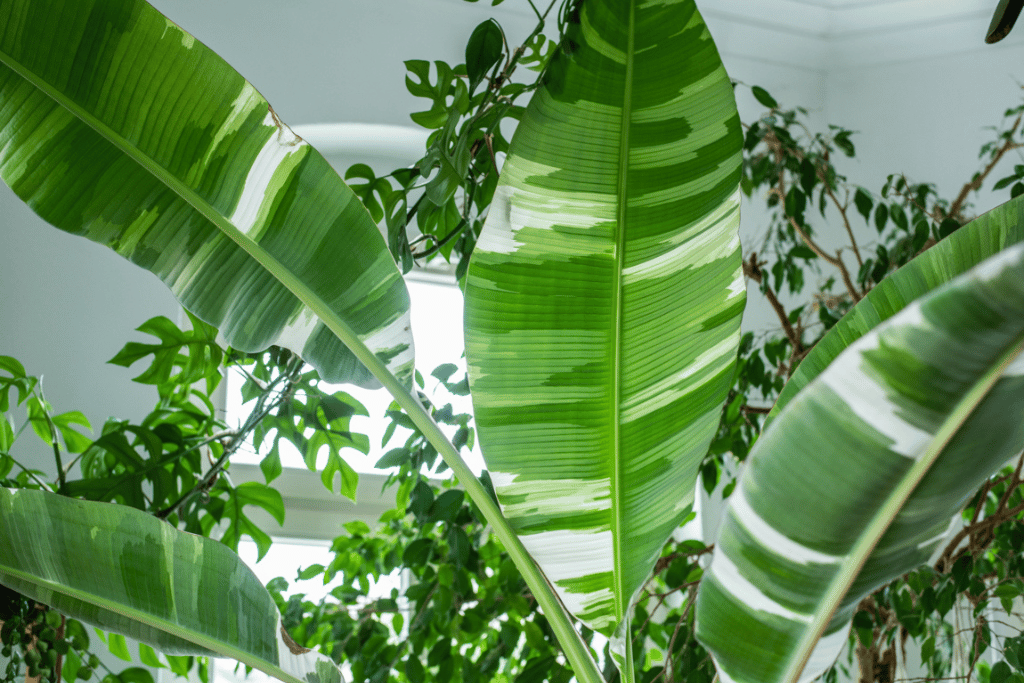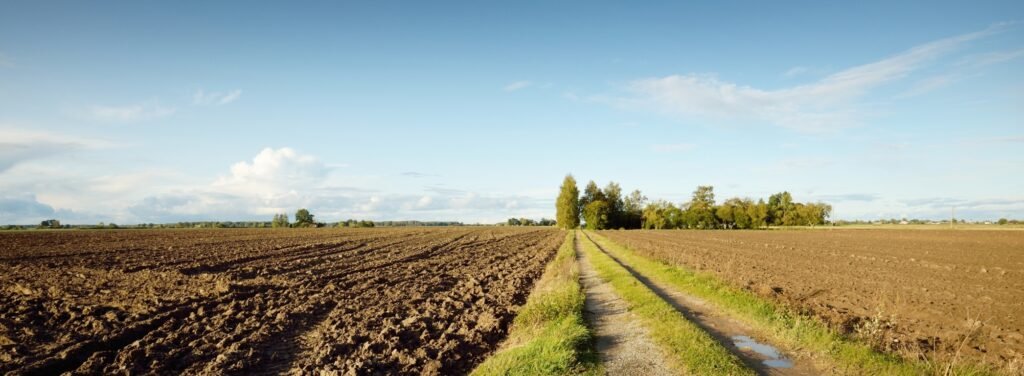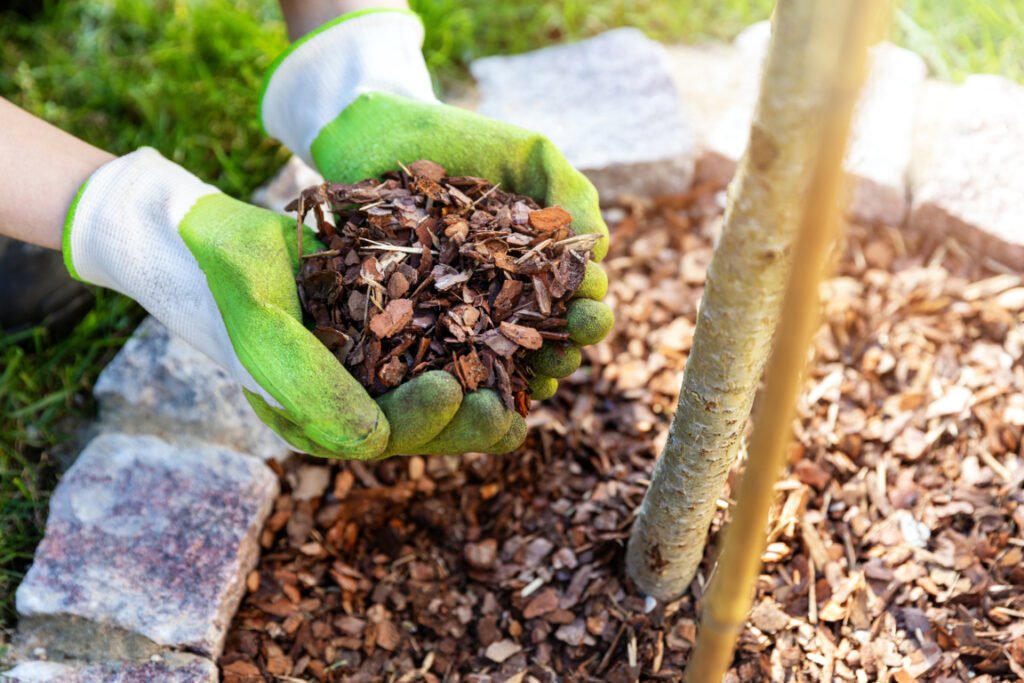
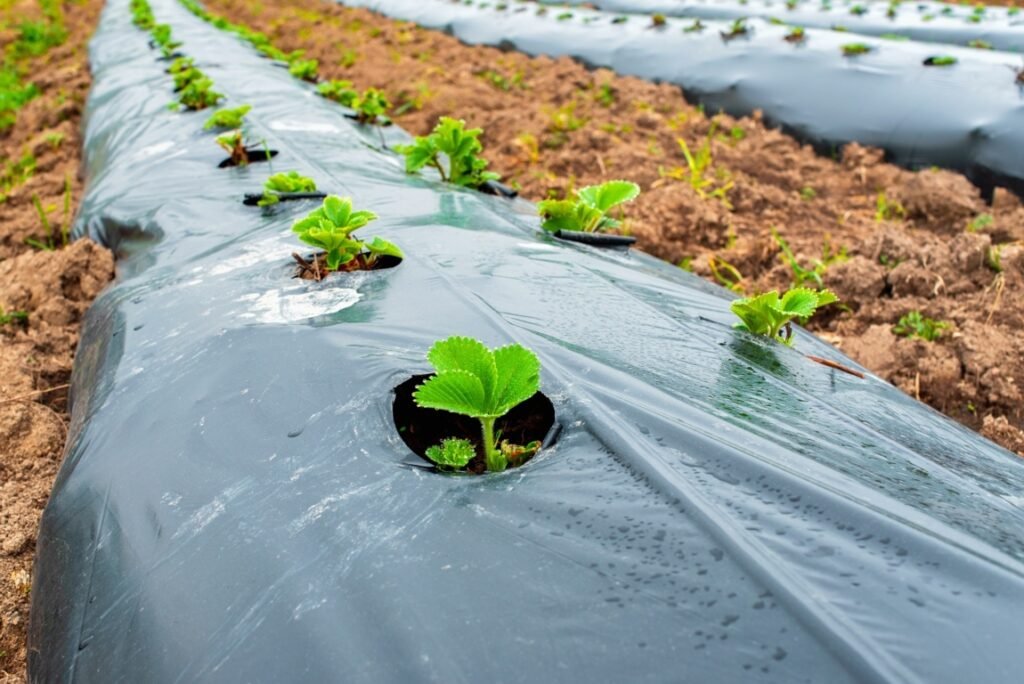
In my garden, my go-to mulch is dry straw. Once plants are transplanted and established in their outdoor beds, I run to the local farm supply store to stock up on a few bales.
The compressed packages of straw go a long way, but I like to lay it on thick. The simple application of a couple layers of straw on the soil surface makes my life easier for the rest of the season.
First of all, it smothers out weeds that may try to compete for resources during the growing season. As any gardener could attest, less weeding would be reason enough to apply mulch annually. But wait, there’s more!
The straw also helps the soil retain moisture, reducing water costs and time spent watering.
A generous layer of straw acts as a barrier, protecting the soil in a few ways.
It prevents soil splash when garden beds are watered, reducing the risk of spreading soil-borne disease. The mulch also absorbs the force of the wind and rain, which prevents soil compaction. And it acts as a buffer to protect shallow roots, keeping them evenly cool and moist.
Finally, being an organic mulch, straw eventually breaks down into organic material, gradually feeding the soil over time.
At season’s end, the straw can be turned into the bed and allowed to decompose further, feeding beneficial worms and microbes, or it can be raked up and tossed into the compost pile.
As we can see, organic mulches serve multiple purposes and are very practical to use in growing spaces.
Yet, all mulches aren’t created equal.
But that’s not to say each type doesn’t provide value and utility in specific scenarios.
In this article, we will compare the primary features, types, strengths and weaknesses of organic mulches compared to inorganic mulches.
Organic Mulch Features
Organic mulches are derived from a plethora of natural materials. They decompose, feeding the soil over time, but require more constant replacement than inorganic mulch.
Organic mulch is highly beneficial to the garden and landscape, so let’s list the overwhelming amount of options to help you make the right choice.
Types of Organic Mulch
Wood Chips
Wood chip mulch is a byproduct of the lumber industry and is available in bulk from lumber yards and town dumps. It can be easily found at any home improvement store, conveniently bagged up for transport and application.

Wood chips give a nice natural look when evenly spread in a garden or throughout the landscape. It’s breathable but also lets in water and prevents evaporation. Smaller chips stay in place better than larger chunks.
Wood chip mulches are commonly used and for good reason:
- Use wood chip mulch in your perennial gardens, flower beds, around trees and bushes and for walkways in vegetable gardens.
- Apply wood chip mulch at a depth of 2-4”; larger chips can be laid more deeply.
Be aware that large-grade wood chips tend to fly away under windy conditions, need to be replaced every other year and aren’t recommended for use in vegetable garden beds.
Don’t turn wood chips into your garden soil; it could lead to a nitrogen deficiency. In the spring, rake off the surface mulch and reapply after planting.
Straw
My personal favorite organic mulch, straw is incredibly effective for many situations. It allows for airflow and cools soil while preventing weeds, evaporation and soil compaction. Straw is available at garden centers and farm supplies stores at a relatively cheap price. And, at the end of the year, simply turn it right back into the bed for winter nourishment.
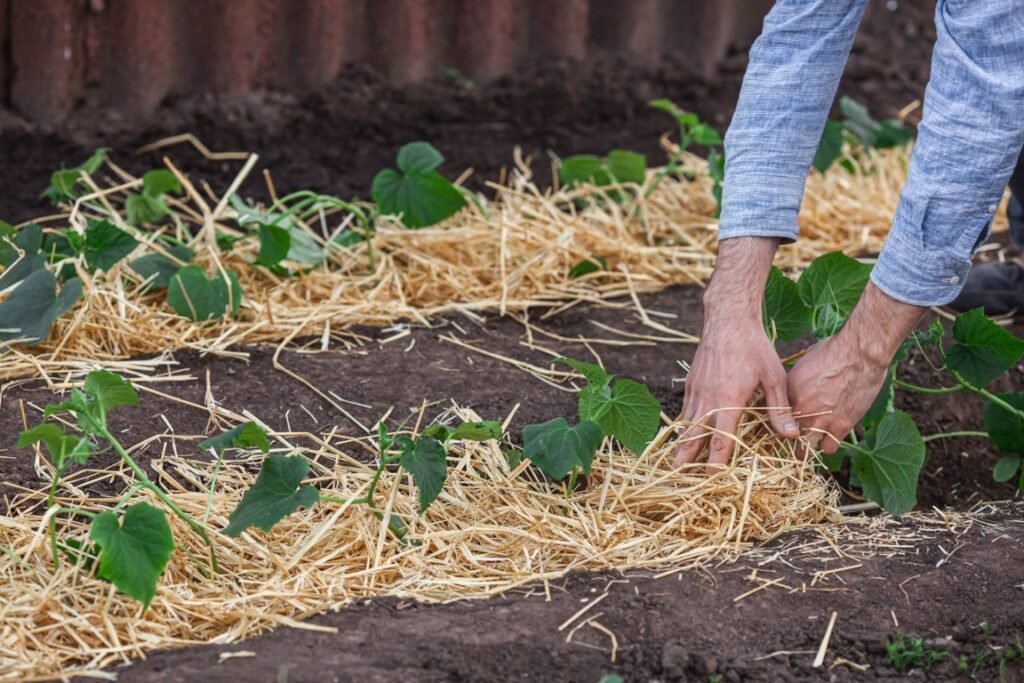
The application of straw works best for:
- Vegetable, annual flower and perennial gardens. The addition of organic matter will keep the soil well-fed.
I have to remain partial and provide a few warnings for using straw as mulch.
After application, water the straw well to prevent it from being blown away.
Make sure to purchase straw and NOT hay. Hay contains grass seeds. Picking grass sprouts from the garden is even more annoying than pulling weeds.
Straw has to be replaced yearly and isn’t the most attractive mulch on the market.
Shredded Leaves
Shredded leaves make excellent mulch. They prevent evaporation and break down quickly, adding nutritious organic matter to the soil.
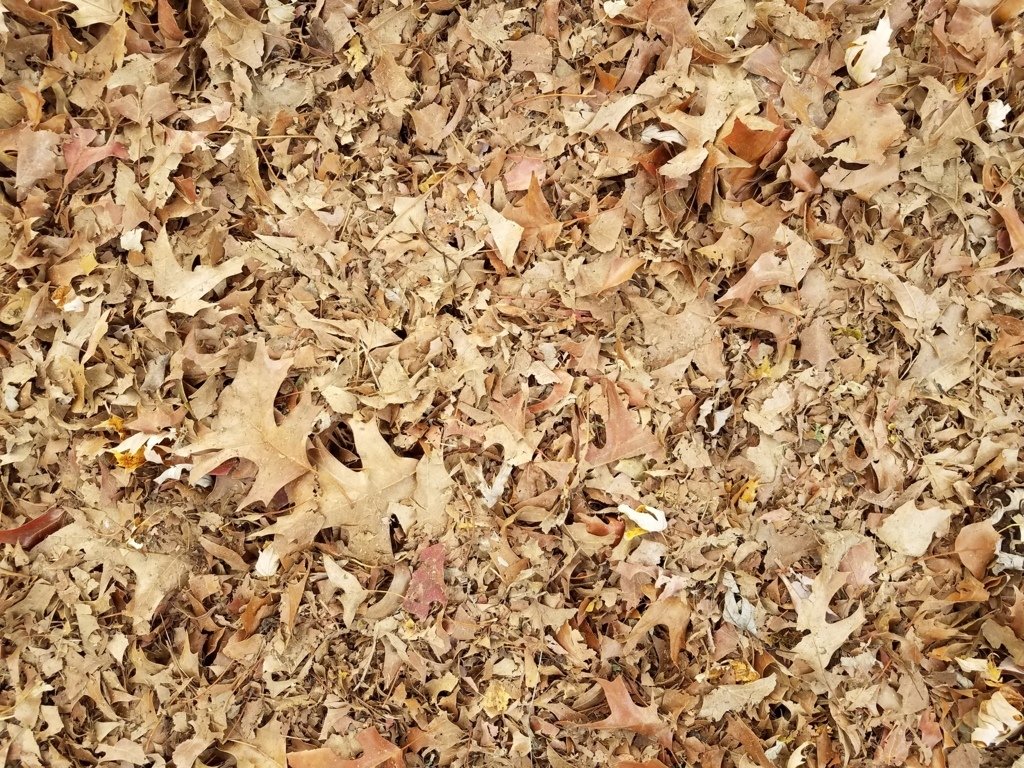
In the fall, mow up the fallen leaves and use them for:
- Putting your vegetable garden to bed. When the bed is empty, add a generous layer of shredded leaves to insulate and feed the soil. Then, turn the leftovers right into the soil in the spring to recharge it for the upcoming season.
- Fueling your compost pile. Dry, shredded leaves will break down quickly, turning into fine organic material.
Shredded leaves are great for feeding garden beds and compost piles but can look a bit messy. They also mat and blow away easily.
Read more about: Compost pile vs Bin.
Grass Clippings
Mulching cut grass is a widespread practice for homeowners. Instead of bagging and throwing it away, why not let it feed your lawn?
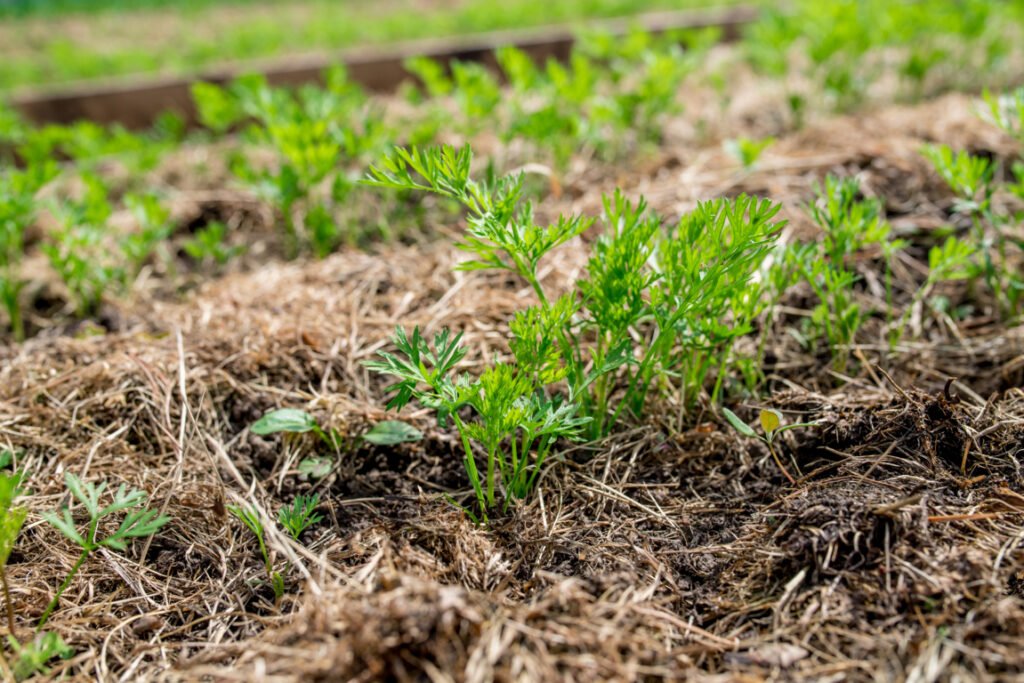
Mulching grass clippings can significantly reduce the need to apply chemical fertilizers to your yard.
- If you do bag up your cut grass, throw it right into the compost pile. It’s a green nitrogen-based ingredient to help speed up decomposition.
- Grass clippings can also be spread judiciously in vegetable gardens. Let it dry out a bit first before applying it as mulch.
Beware that fresh grass clippings mat and are easily blown away after drying. Don’t use them for anything if your lawn has been sprayed or treated with herbicides or chemical fertilizers.
Compost
Decomposed organic matter is not only good for the soil but can be used as an effective mulch. To help the compost seep into the soil and prevent potential weeds, cover it with another organic mulch like straw, wood chips or shredded leaves.
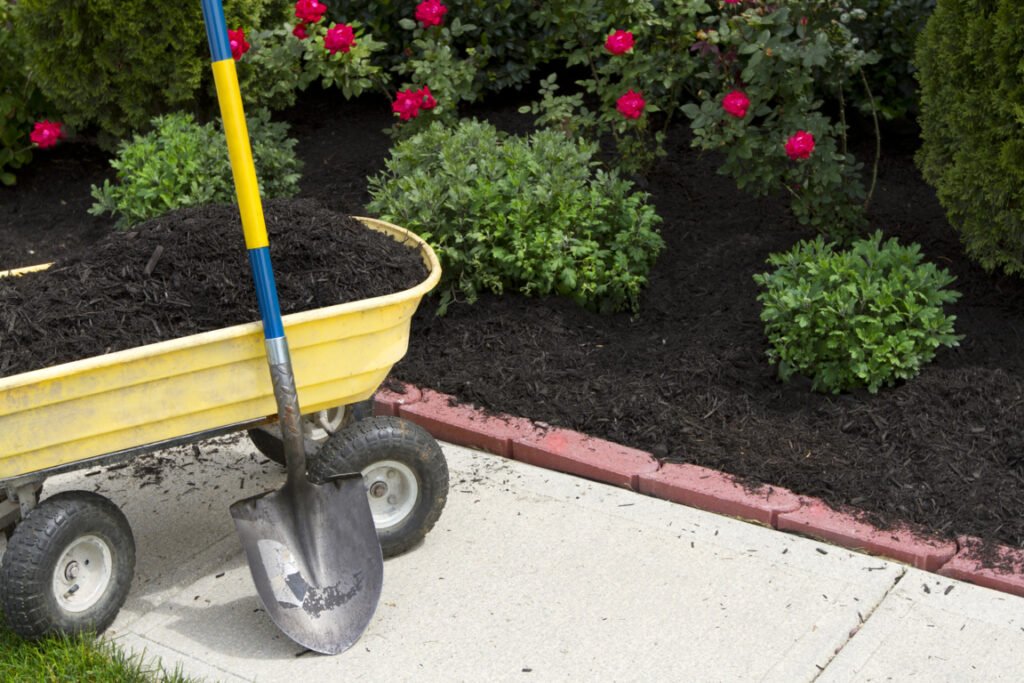
- Apply compost as a mulch in virtually any garden. Spread evenly over the surface of a bed and let it feed the soil throughout the year. Lay compost in garden beds at the end of the season to act as insulation and fertilizer through the winter.
If compost isn’t completely broken down, weed seeds may be present. They can be an inconvenient nuisance in large numbers.
Pine Straw
Pine straw is a valuable organic mulch because it lasts a long time, unlike others. Once in place, it will only require a top-off every few years. The fallen, dried needles of pine trees are collected and commonly used as mulch in many areas; you can even gather your own!
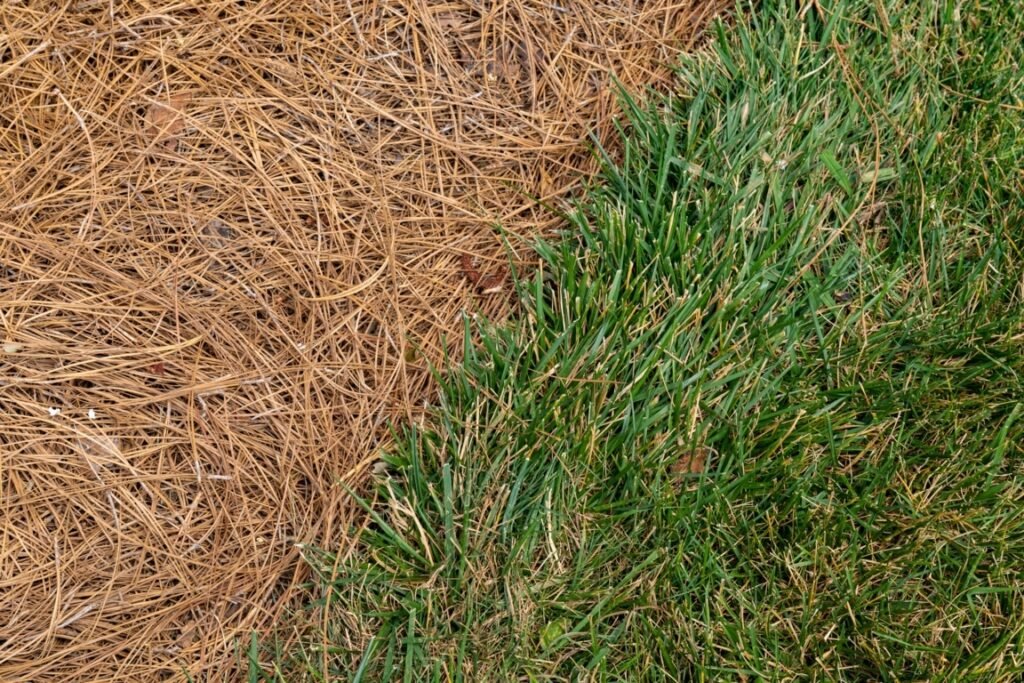
Pine straw effectively suppresses weeds, prevents evaporation, controls soil temperature and offers good winter protection for garden beds.
- Apply a thick layer of pine straw to vegetable gardens orchards and ornamental plantings.
Although it’s long-lasting, there are a few downfalls of pine straw. It can be a fire hazard and doesn’t look very neat. You can’t turn pine straw into a bed at the end of a season; therefore, it offers little organic matter. Also, it won’t smother weeds as well as other organic mulches.
Rice Hulls
Rice hulls make an excellent mulch for tight spaces and containers. Blend them into soil mixes to increase moisture retention and improve soil aeration; find them at grow stores and garden centers.
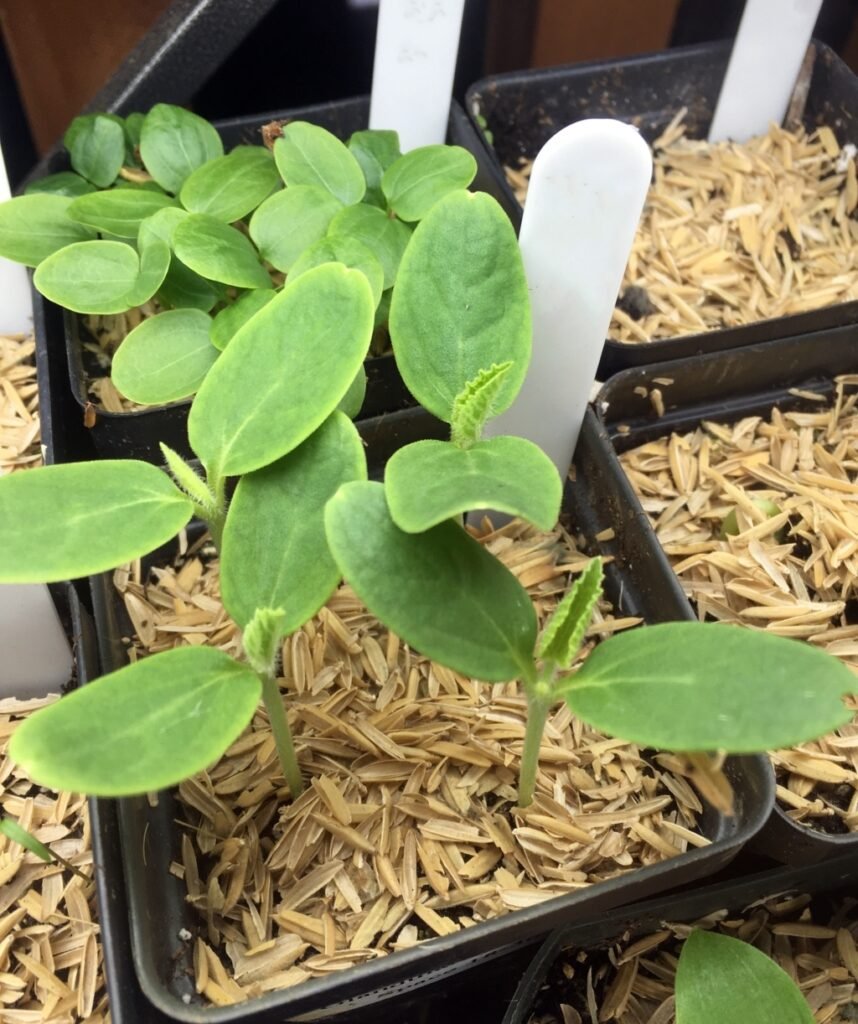
Rice hulls look nice and spread effortlessly. They suppress weeds, prevent evaporation and can be turned right into the soil at the season’s end.
- Rice hulls are small and it can be time-consuming to spread them over large areas. But they make excellent mulch for containers or to mulch small garden areas.
Rice hulls should be watered immediately and kept moist to prevent them from blowing away. While they will feed the soil, they break down quickly and need to be replaced every year.
Cardboard
Cardboard is an underrated mulch. Multiple sheets of it can be used to smother weeds and grass in large areas to establish new garden beds.
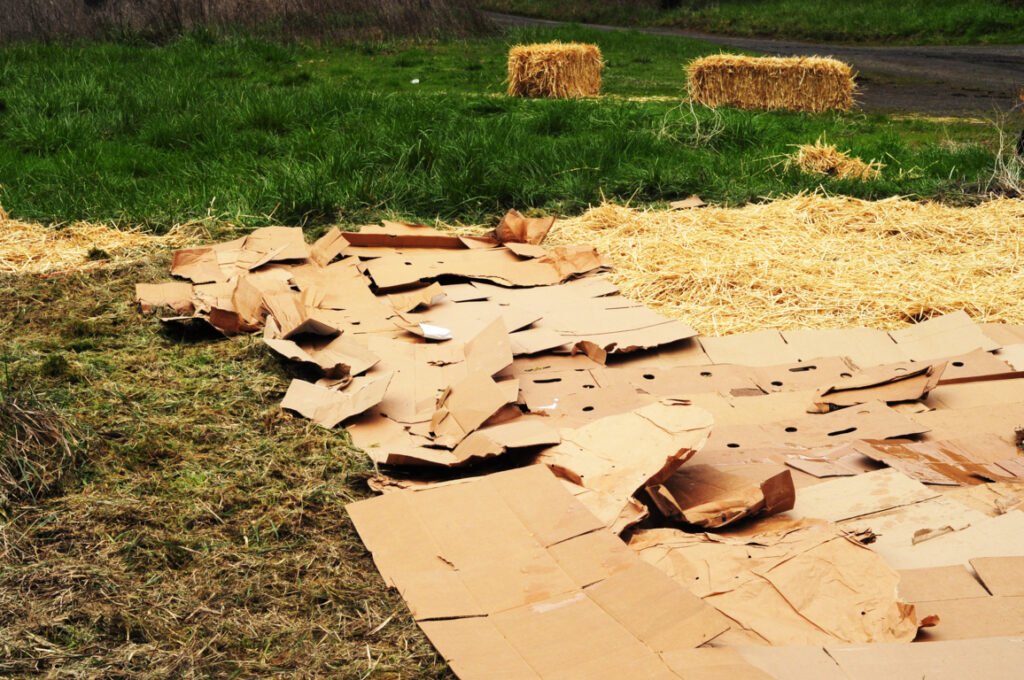
- Soak both sides of the cardboard and lay it anywhere you want to kill off weeds. Add another organic mulch, like wood chips or straw, on top of the layer of cardboard to keep it in place. Make sure the cardboard stays moist.
Cover Crops and Green Manure
Incorporating cover crops into your garden will take soil health to the next level. They add nutrients to the site they’re planted in and can then be cut down and turned into the soil, further adding fresh organic matter. They can act as host plants that invite pollinators and beneficial insects.
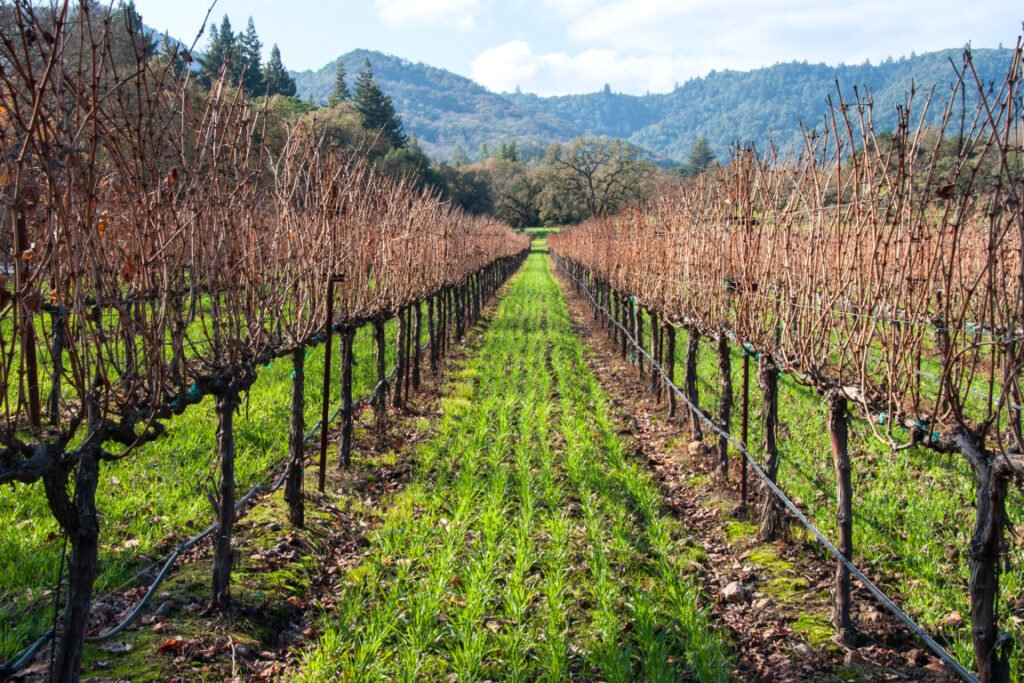
Cover crops and green manures reduce weed pressure, prevent erosion and retain water and nutrients.
Want to learn more about how cover crops are used in sustainable agriculture and permaculture farming? Read this comprehensive article.
- Rotate a cover crop into a planting site every few years to prevent the build-up of pests and diseases.
- Cover crops and green manures are especially beneficial to vegetable gardens and fruit orchards.
The only drawback of cover crops is that you won’t be able to grow anything else in the occupied space.
Living Mulch, aka Groundcovers
Perennial groundcovers are low maintenance once established. They fill in gaps where weeds typically invade while moderating soil temperatures, retaining moisture and adding organic material. Living mulch prevents erosion and won’t be washed or blown away.
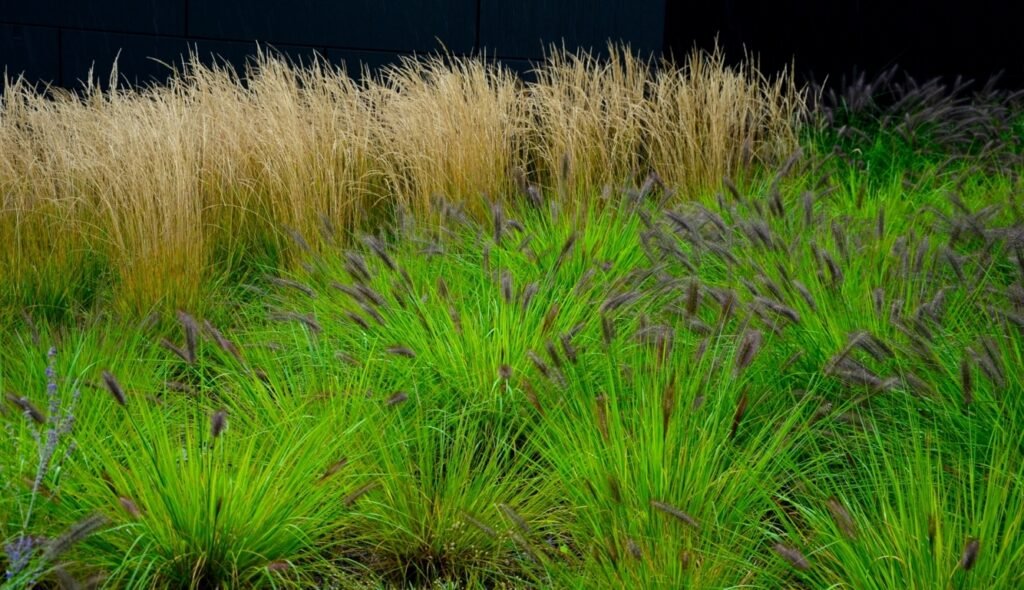
- Plant mint, catnip or thyme in ornamental gardens.
- Cultivate clover or vetch in orchards to cover walkways and protect tree roots.
Ground covers can be aggressive growers and take over entire gardens. Some require training or pruning during the growing season.
Organic Mulch Advantages
There are several benefits to using organic mulches in the garden and landscape, some of which can’t be provided with inorganic mulch.
- Organic mulches effectively suppress weeds. A heavy layer of mulch prevents any sunlight from reaching potential weed seeds in the soil. The weeds that do pop up are easier to identify and pull out because of the moist and loose soil.
- One of the most notable benefits of organic mulch is the fact that it adds organic matter to the soil, an advantage inorganic mulches cannot claim.
- Natural mulches prevent and can actually reverse soil compaction. A layer of mulch absorbs the impact of watering and stepping in the garden bed. Beneficial bugs in the soil pull decomposing matter down, creating air pockets that lead to looser, more aerated soil.
- Organic mulch application dramatically reduces the rate of evaporation in the garden. Save time, money and energy by watering less while your plants enjoy consistently moist soil. It’s a win-win!
- Insulation for garden beds is vital in the cold months. Perennials can be covered with a thick layer of mulch as added protection, preventing frost heaves and wild temperature swings. It will also help keep roots cool in the hot summer months.
- An application of organic mulch prevents topsoil from washing away.
- Protect your trees and shrubs from lawnmowers and weed whackers by surrounding them with mulch. Just don’t build up the mulch against the trunk; it could lead to moisture collection and eventually invite pests and disease.
- Layers of natural mulch will keep your plants clean by preventing surface soil from back splashing. This reduces the chances of soil-borne diseases spreading.
- Natural mulches are sustainable, and you can make your own!
- Organic mulches tend to be less expensive than inorganic mulches.
- Of course, applying natural mulches will give your garden a neat, tidy and uniform appearance.
Organic Mulch Disadvantages
Despite all their merits, organic mulches still aren’t perfect. There are some shortcomings when compared to different types of inorganic mulches.
- Throughout the season, organic mulches need to be refreshed from time to time. Reapply where light or bare spots become exposed.
- For the best results, a new batch of organic mulch must be purchased and applied every season.
- Organic mulches aren’t the best choice on inclined surfaces. Downpours and strong winds can whisk them away with ease.
- Some types of plants grow better with inorganic mulches or no mulch at all. Succulents, cacti, Mediterranean herbs and other plants that require excellent drainage prefer an inorganic mulch. Stone and gravel are appropriate for these plants, as they don’t hold moisture while retaining heat in the soil.
- Organic mulches aren’t the best solution for controlling aggressive weeds. Something more exclusive, like plastic mulch or landscape fabric, does a better job of completely suppressing weeds.
Inorganic Mulch Features
Inorganic mulches are not derived from living materials. They do not break down over time or add nutrients to the soil.
Despite this fact, they can be instrumental in many different settings. The choices are plenty when you’re looking to invest in an inorganic mulch. Let’s touch on each type and explain what it consists of and how to implement it in your growing space.
For an in-depth look, read our article that exclusively discusses inorganic mulches.
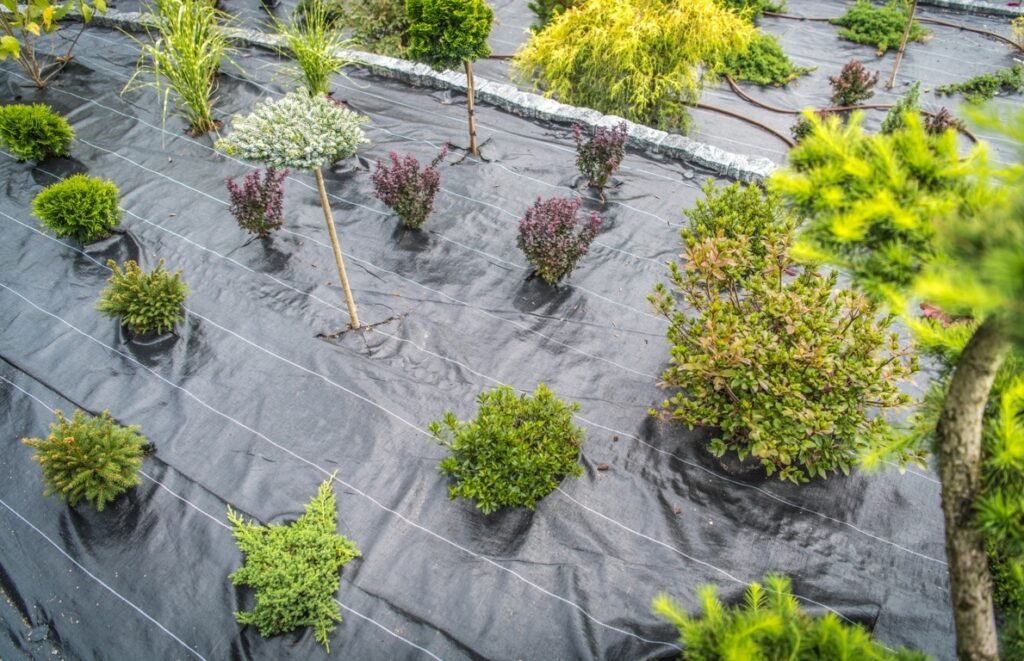
Types of Inorganic Mulch
Rock, Gravel, Stone and Pebbles
Rock mulches are available at any home improvement store, sold in bags or bulk. It’s a heavy job to transport and lay them. But once finished, there’s no way you won’t be satisfied with the clean look of the landscape.
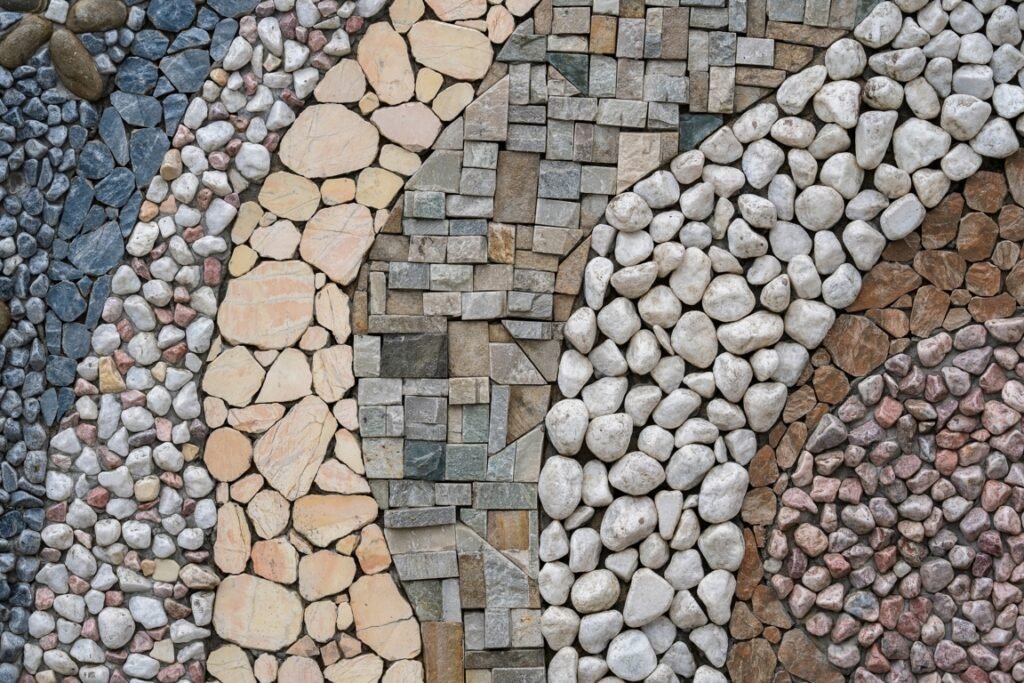
Rocks, pebbles and gravel are heavy and won’t blow away. They help hold the soil in place and prevent soil compaction.
Rocks and gravel may not be the best choice for every gardening space but here are some suggestions to perfectly put them to use:
- Apply a 6-12” layer of gravel around the foundation of your home to prevent moisture from seeping in and causing damage. This will make these spaces less hospitable to terrorizing pests like termites and cockroaches.
- Gravel or stones are the best choices for laying out a driveway, walking path or hardscape. Building up a thick layer will prevent weeds from sprouting and keep these areas dry and free from muddy puddles.
- Rock gardens and rain gardens are popular additions to enhance the beauty of your landscape.
Don’t use rocks as mulch around trees or shrubbery unless they are heat-loving and acclimated to desert conditions. Rocks reflect the sun’s rays and will heat the soil, which can cause damage to the roots.
Landscape Fabric
Landscape fabric is an appropriate option in many circumstances. Also known as geotextiles, the fabric will smother weeds while permitting the free exchange of air and water.
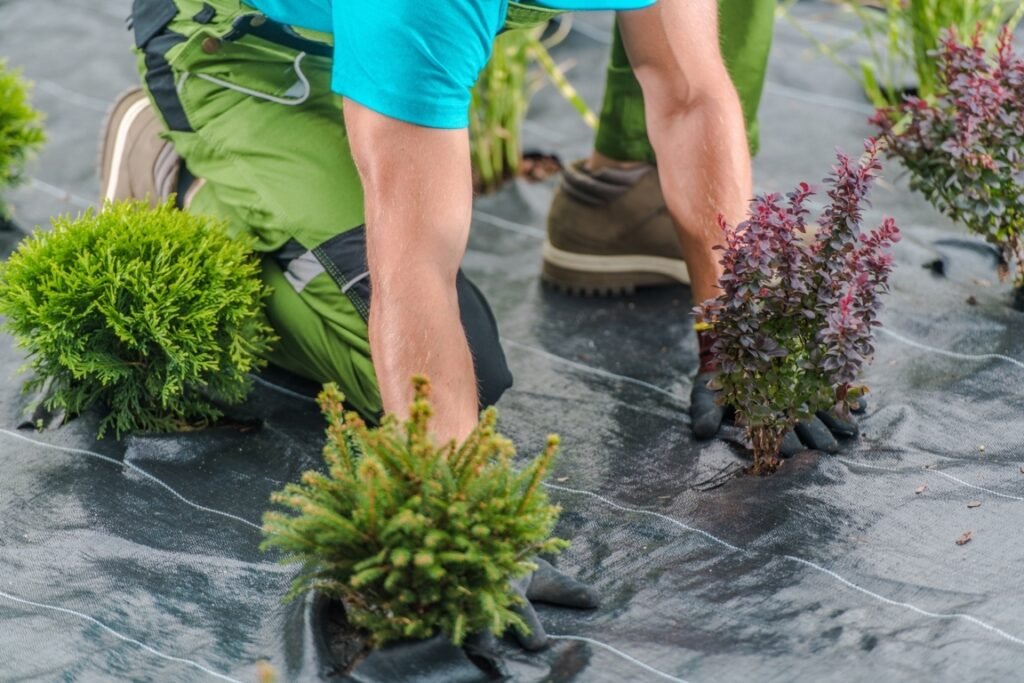
Landscape fabric is laid down as a base layer with soil or another layer of mulch applied on top. From there, you can plant without worrying about drainage issues or bothersome weeds popping up.
A couple of places you should consider using landscape fabric:
- An initial layer of landscape fabric around trees and shrubs will provide protection against weeds and compacted soil. Then apply organic mulch on top.
- Sloped areas can benefit from laying down sheets of landscaping fabric. It will prevent erosion and keep the soil in place.
Landscape fabric may not be the best choice in annual flower beds or vegetable gardens where you’ll be doing a lot of digging.
Rolled Plastic Sheeting
Black plastic mulch may be the best choice for keeping down weeds. Commonly used as a bed covering in agriculture, it makes large-scale maintenance a snap.
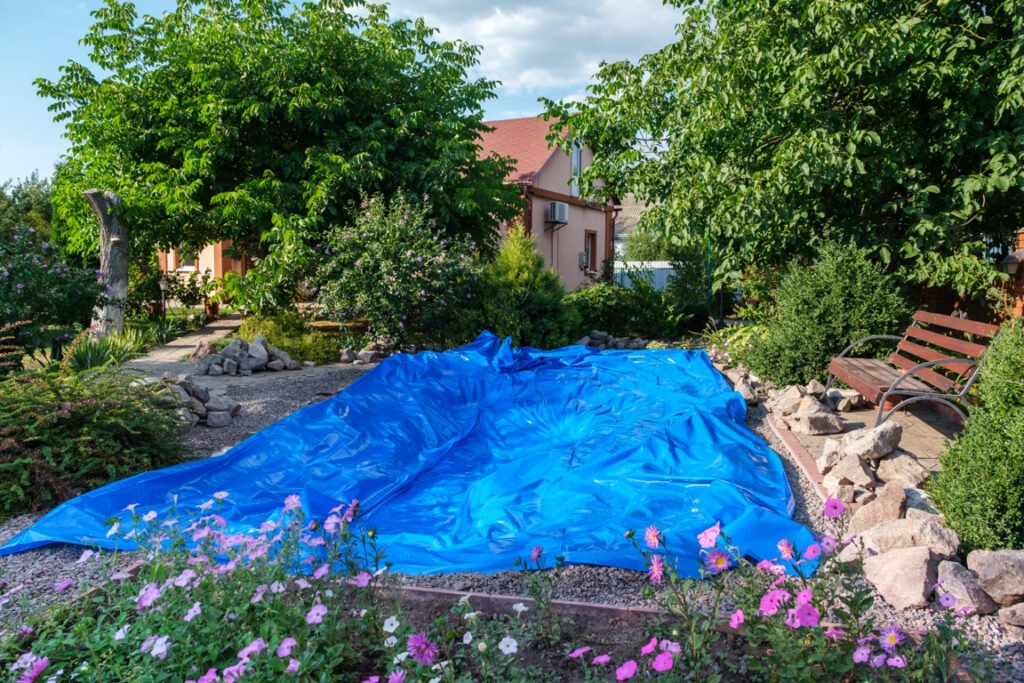
After being laid out, planting holes are punched and you’re all set for a weed-free bed. If you can get it applied early in the spring, it will exponentially increase the warming of the soil. Plastic is also the cheapest of inorganic mulches.
The caveats to be aware of when using plastic mulch are:
- Air and moisture can get trapped under the plastic tarp. Keep this in mind when planning the location; it may not be ideal for damp or shady spots.
- It can be topped with organic mulch to improve its appearance. Nobody wants the surface of their gardens to resemble a trash bag.
- Plastic tends to disintegrate quickly under direct sun exposure. If left out in the field all year, it will likely need to be replaced after one season.
- Removing old plastic sheets can be a pain in the you-know-what. It can deteriorate into lots of little pieces, littering your soil.
- It’s very lightweight and has to be anchored down at all times.
- The amount of plastic used in agriculture is alarming. It all eventually ends up in a landfill, polluting the earth.
Plastic may make vegetable gardens more prolific and easier to maintain. But don’t apply it around bushes or trees. The big roots will suffer from excessive moisture.
Reflective Mulch
Shiny metallic sheets are a unique type of mulch. Much like black plastic, you’ll have to lay it out, anchor it down and cut planting holes in it. This silvery mulch reflects and intensifies the sunshine, which has a few benefits.

- It confuses common pests like aphids, whiteflies and thrips. They’ll be repelled by the intense bright reflection.
- Reflective mulch can enhance production in vegetable gardens. The light reflects from the ground up, providing light to areas of a plant that wouldn’t otherwise receive it. Expect boosted yields when using this material.
- It will outlast black plastic mulch.
- The metallic mulch works extremely well with citrus, combating disease by providing extra heat and light.
There are, however, a few downsides to the shiny stuff. There is a possibility of overheating plants, the cost is prohibitive and it is not at all easy to look at. Sunglasses may be required when you work with it. Consider setting up an irrigation system to make sure plants get enough water.
Rubber Mulch
Tiny pieces of rubber may seem an unlikely mulch, but it definitely earns a place in the conversation. It’s sturdy, lightweight and will hold up to the outdoor elements.
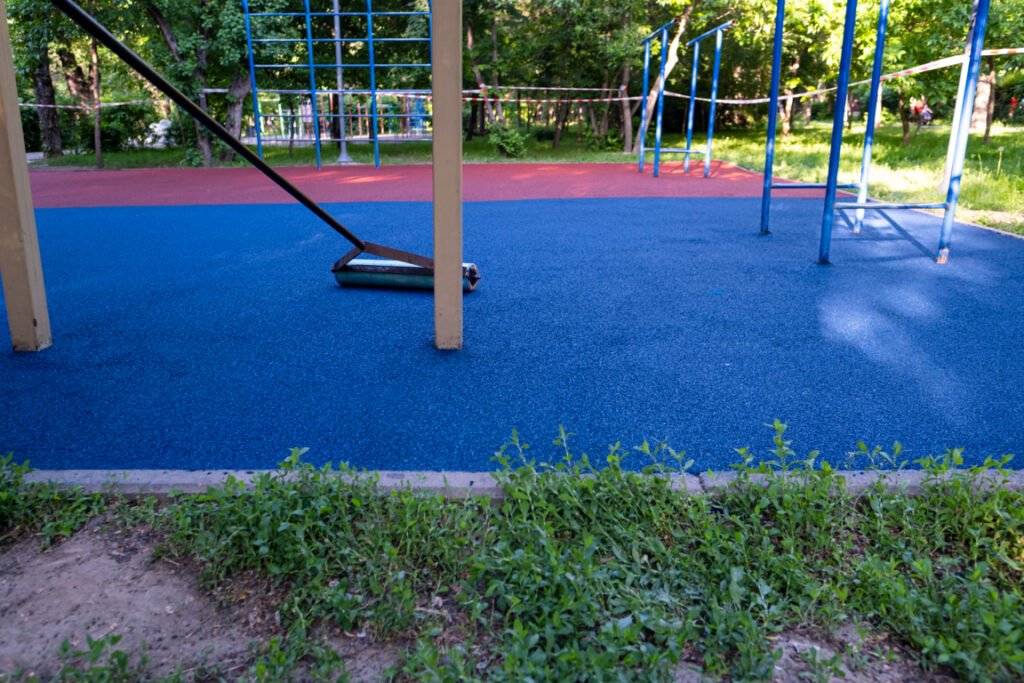
Use a couple-inch layer of rubber mulch to improve moisture retention. It will also help hold the soil in place and keep it warm throughout the winter months. Rubber mulch is available in many different grades and colors, so it’s easy to match it up with the look of your landscape.
Shredded rubber also does a great job of smothering weeds and repelling the spread of disease and fungus.
Rubber mulch is a fantastic choice to consider for:
- Perennial flower beds. You won’t be digging or consuming produce from this space. Your perennials will receive a boost from the added warmth in the early spring.
- Playscapes for children. We all know most kids are rough and tumble in nature. Rubber mulch around swing sets and playgrounds can help minimize some of those inevitable boo-boos they endure.
Some warnings have been issued about the safety of rubber mulch being used in vegetable gardens.
It may leach harmful chemicals into the soil over time. It’s also flammable, so it shouldn’t be used around outdoor fire pits. The initial cost can be expensive, but like other inorganic mulches, rubber mulch will serve your landscape well for many years.
Inorganic Mulch Advantages
To recap, let’s summarize the reasons why you might choose inorganic mulch over organic.
- It has a longer lifespan, lasting for multiple seasons. You can save time and money in the long run.
- Plastic mulches control weeds better than most organic mulches.
- Some organic mulches can leach nitrogen from the soil, resulting in deficiencies in your garden. Organic mulches won’t have this effect.
- It is weed-seed-free! There is no chance of propagating weeds in your garden.
- Inorganic mulches make areas unappealing for pests to invade.
- Rocks and gravel look quite attractive in driveways and walking paths.
Inorganic Mulch Disadvantages
- It may be heavy or otherwise cumbersome and difficult to apply and keep in place.
- The initial cost is more expensive than organic mulches.
- It won’t decompose and add nutrients to the soil. And if it does, in the case of plastic, it’s more than annoying to remove from the growing space.
- Plastic and rubber mulches are not environmentally friendly.
- Plastic traps heat and moisture and prevents air exchange, which could negatively affect roots.
- Rocks are not suitable for most garden beds.
- Landscape fabric has to be removed if you plan on tilling or rearranging a garden area.
Organic Mulch vs. Inorganic Mulch: What’s the Best Choice?
The inconvenient truth?
The question is a difficult one to answer straightforward.
The solution?
Use your best judgement and the information this article provides to determine what mulch works best for your particular gardening or landscaping projects and goals.
I tend to prefer organic mulches, but that’s because I’m primarily a fruit and vegetable gardener. Even though they require reapplication every season, at least I know they never go to waste.
Natural mulches decompose and feed organisms, leading to healthy, living soil.
On the other hand, large-scale growing operations or landscaping jobs, like establishing walkways and driveways, are much more disposed to plastic mulch, landscape fabric, rocks, and gravel.
You now know there are numerous types of mulch to choose from.
And based on their different qualities, prices and characteristics, you can make an educated decision and choose which works best for you.
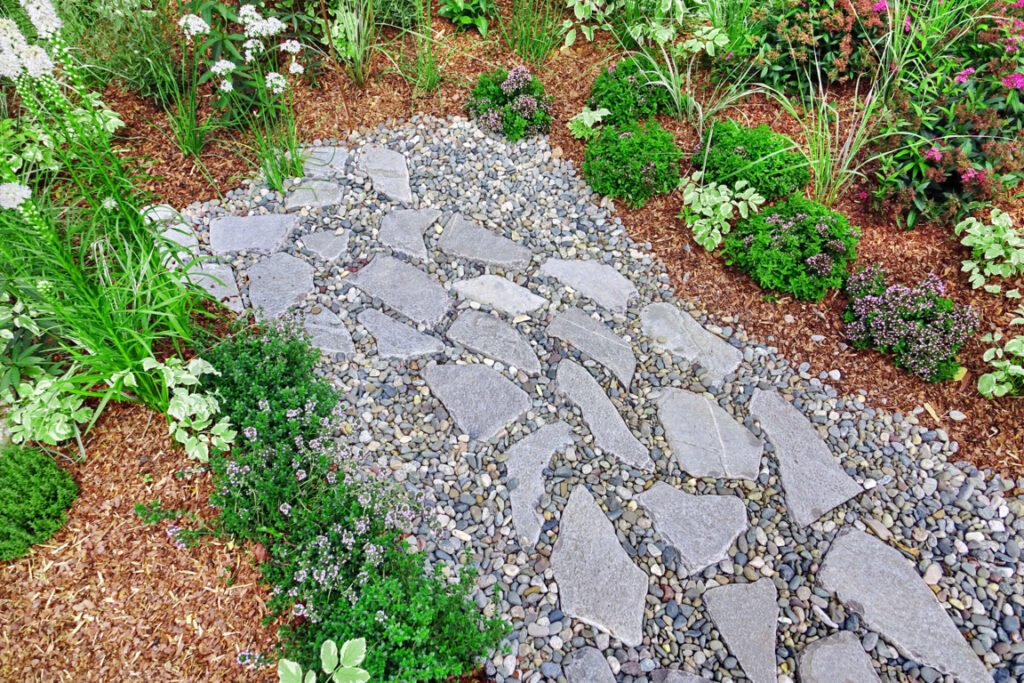
Frequently Asked Questions (FAQ)
What is the best mulch to use around the house?
Organic mulches don’t need to be removed before applying new layers. They will eventually break down and feed the soil.
Old inorganic mulch, like landscape fabric and plastic, should be checked before applying additional layers on top. They tend to be durable but do break down over time and become very difficult to remove from the garden.
When is the best time to mulch?
Middle to late spring is the best time to mulch, after transplants are in the ground and directly sown seeds are established. Mulching too early in the spring can slow the soil warming process.
What is the longest-lasting mulch?
Stone is the longest-lasting type of mulch. Other mulches that endure multiple seasons are landscape fabric, rubber mulch and pine straw.
Is it better to bag or mulch grass clippings?
Mulching grass cuttings is a great way to feed your lawn. But, if the grass is extra long, has seed heads, or is covered with leaves, bagging is the better option.
Does mulch attract bugs?
Mulch will attract many different bug species, most of which will benefit your garden’s ecology. To deter them from your home, however, try not to put organic mulches against the foundation of your house. Cedar and cypress wood chips can be used for mulch when you want to keep away all bugs.


